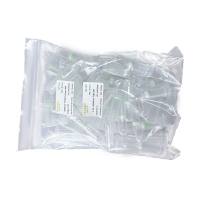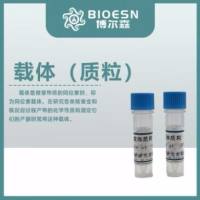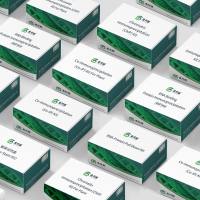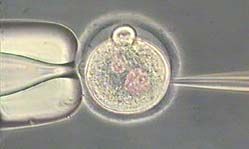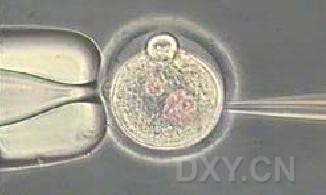The Preparation of RNA from the Tissues of Transgenic Animals
互联网
385
The analysis of RNA is often the easiest and quickest method of determining the pattern of transgene expression in a transformed organism. Such analyses demand that the RNA extraction method be relatively rapid and painless. Some RNA preparation methods, for example, those that require a CsCl2 ultracentrifugation step, do not fulfill such demands. The methods presented here, however, allow RNA to be isolated rapidly (within hours for the minipreparation method) from many transgenic animal tissues simultaneously. The methods are based on the use as a lytic agent of guanadinium thiocyanate, a strong denaturant that destroys cellular integrity as protein structure is lost. Simultaneously, RNases lose activity, so the method is particularly useful for the isolation of RNA from transgenic mouse tissues rich in this enzyme (for example, pancreas and lung). Following acid-organic extraction of the lysate and centrifugation, high-molwt genomic DNA partitions at the interphase, and denatured proteins partition into the organic phase and interphase, leaving the RNA in the aqueous fraction. This is further purified by ethanol precipitation. The resulting RNA can be analyzed by any of the techniques described in Chapters 39, 40, 41, 43, and 44.


